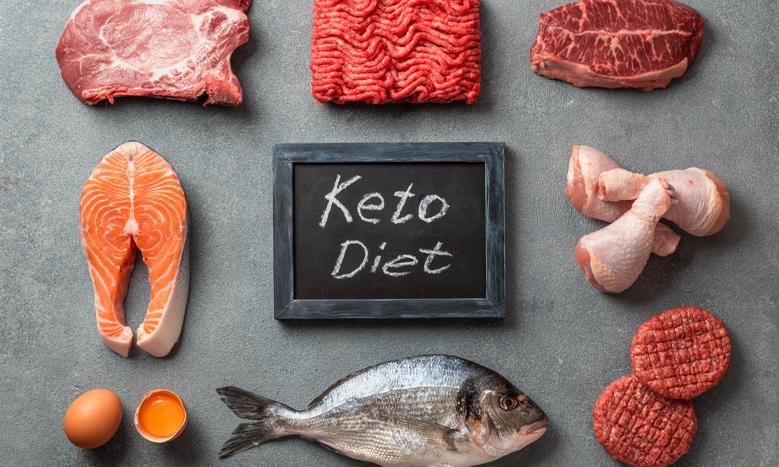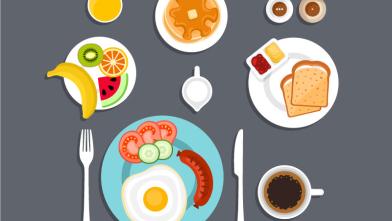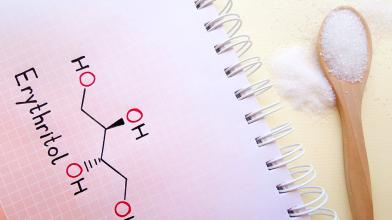What is a fad diet?
They say you can’t outrun a bad diet, and it’s true. Having proper nutrition is a vital part of maintaining a healthy weight and overall health. But how do you learn about nutrition and figure out what works for you? Many people turn to the internet, which is overflowing with information, or you may be influenced by family, friends, colleagues, and celebrities on social media. These paths usually lead people to fad diets. Fad diets are usually not sustainable, supported only by personal stories, not backed by science, and can lead to yo-yo dieting.
So how do you know whether a diet is a fad? They are usually restrictive, promise unrealistic results, and are expensive or unsustainable.
How to Identify a Fad Diet
The Diet is Restrictive
Most fad diets are restrictive, meaning they completely remove whole food groups or may even recommend skipping meals. Fad diets may also only allow certain foods to be eaten at certain times (ex: only eating carbs on certain days of the week).
Many popular fad diets completely remove solid foods and recommend only a liquid diet, such as smoothies or juicing. While this may be necessary after certain medical procedures, this is not recommended as a healthy diet post-surgery. If an eating plan focuses around eating only one food (ex: a green diet where you only eat green-colored foods), it is probably a fad diet. Balanced nutrition does not omit any one type of food and includes several food groups of all colors.
It Promises Unrealistic Results
Fad diets make drastic promises, like dropping 25 pounds in a week or even curing diseases. While changes in diet can help manage diseases like Celiac disease, there is no evidence that following a diet that omits food groups benefits individuals that do not have a food intolerance.
Fad diets can also make unrealistic promises like targeting certain areas for weight loss, like belly fat. Several fad diets also promise to “detox” the body, but only our organs can do that.
It’s Expensive and Unsustainable
Proper balanced nutrition should be accessible and available to everyone. Fad diets tend to focus on expensive supplements or only eating exotic ingredients that are not affordable or easily accessible at local grocery stores.
Also, most fad diets are not sustainable. If it requires a complicated schedule or expensive ingredient/supplement, most people will not be able to keep up with the cost or the exhaustive effort required.
After identifying a fat diet, you may still be wondering how to improve your nutrition and eating habits. Instead of following a fad diet that may not work, try these steps instead:
- Track your meals to see where you can improve. One of the main reasons people hesitate to improve their nutrition is because they don’t know where to start. The best way to get started is to figure out what needs to be improved. Track your meals to see how much, how often, and what types of foods you are eating on a daily basis. This will help give you an idea of where you can start making changes.
You can find food journals in stores or use apps to help you track your meals. Don’t forget to track your water intake too!
- Focus on portion control. Too much of a good thing is real, and that means we can sometimes overeat healthy foods too. Many meals served at restaurants or fast-food takeout can have larger portions than needed. If you are eating out, ask for a to-go box right away and pack half your meal before you start eating. This will help prevent finishing the larger portion, and you will have leftovers for another meal!
Most nutrition labels provide what a serving size is, but if you are making food from scratch, how do you know what a healthy portion is? Use tools like the Diabetes Plate Method to help you learn how to portion your meals at home.
- Eat more whole foods and less processed foods. Processed foods can be full of hidden sugars, preservatives that add sodium, and fillers that are not great for our health. A great step towards better nutrition is to eat more whole foods like fresh fruits, veggies, and proteins.
But sometimes it can be hard to eat less processed foods—they are marketed so well that they seem impossible to resist! Try sticking to the outside aisles of grocery stores to resist processed foods. When grocery shopping, most whole foods (produce, meats, dairy) are on the outer aisles. By avoiding walking through the inside aisles, you can avoid even being tempted by processed foods.
If avoiding processed foods is not feasible for you, make sure to learn how to read food labels to make the best choices. Picking options that are lower in added sugars and higher in fiber is always a good choice.
- See a registered dietitian or diabetes educator for more help. People that are newly diagnosed with diabetes are usually referred to a registered dietitian or diabetes educator to learn more about how to live with diabetes, nutrition, insulin, and more. However, you can see a diabetes educator as many times you need to in order to find the best way to manage your diabetes. You can find a diabetes education program in your area or even virtually to help you get started.








